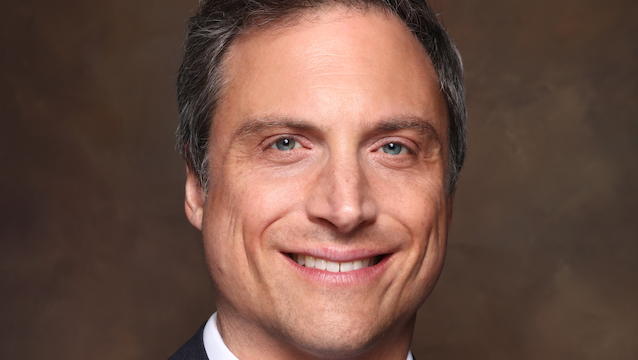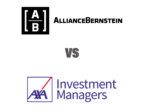When creating an income-generating fixed income product, the fund should also include lower-yielding high-quality securities, such as government and investment grade bonds, argues Ken Orchard, T Rowe Price’s London-based portfolio manager of the Diversified Income Bond Fund.
“When building an income strategy, it would be fairly simple to just buy a lot of high-yielding corporate bonds.
“But that is going to deliver a lot of volatility as well, and the downside volatility can erode the capital of the fund. Our presumption is that people who are investing for income are also concerned about some capital preservation as well,” Orchard said during a recent interview with FSA.
Orchard explained that although his product targets a 5% annual income to investors, it also aims to keep the volatility between 2%-5%.
The product aims to achieve its income and volatility targets by investing into four buckets: high-quality sovereigns, investment grade bonds, hard currency emerging market debt and high yield corporate bonds.
Although sovereign and investment grade bonds provide lower income than emerging market and high yield bonds, they help to smooth out the volatility of the overall portfolio, he said.
“We want to deliver that targeted income in a stable manner as much possible.”
Risk down, target income down
However, Orchard acknowledged that targeting 5% this year has been difficult.
“We do allow the actual income level of the strategy to fluctuate, depending on the risk level of the fund. Recently, we’ve let that income level come down close to 4%. We are happy to have 4% temporarily because markets are quite volatile right now.”
Orchard explained that since May, he has been replacing some of the fund’s higher-yielding bond exposure with higher quality sovereign and investment grade bonds, which have a credit rating of A or above.
These include government bonds issued by Canada and Australia, as well as Israel and Chile, which are of high quality but are often not on the radar of investors.
The fund has also been adding agency mortgage-backed securities (MBS), which are considered high-quality assets, Orchard added.
Orchard acknowledged that these higher-quality bonds have become more expensive. But he anticipates that the global slowdown will continue this year, which is negative for risk assets.
“In the short-run, there is still downward pressure on growth and inflation, so I am comfortable in continuing to hold higher-quality bonds.”
However, Orchard is prepared to take in more risk if the global economy shows signs of improvement.
“At some point, we may have the opportunity to switch into the low-quality buckets and increase the risk level of the strategy.”
As of the end of July, sovereign bonds account for 55.7% of the portfolio, followed by global investment grade bonds (15.3%). Global high yield bonds account for 8.2%, while emerging market corporates are at 6.4%.
The T Rowe Price Diversified Income Bond Fund since launch versus benchmark and peer average


















